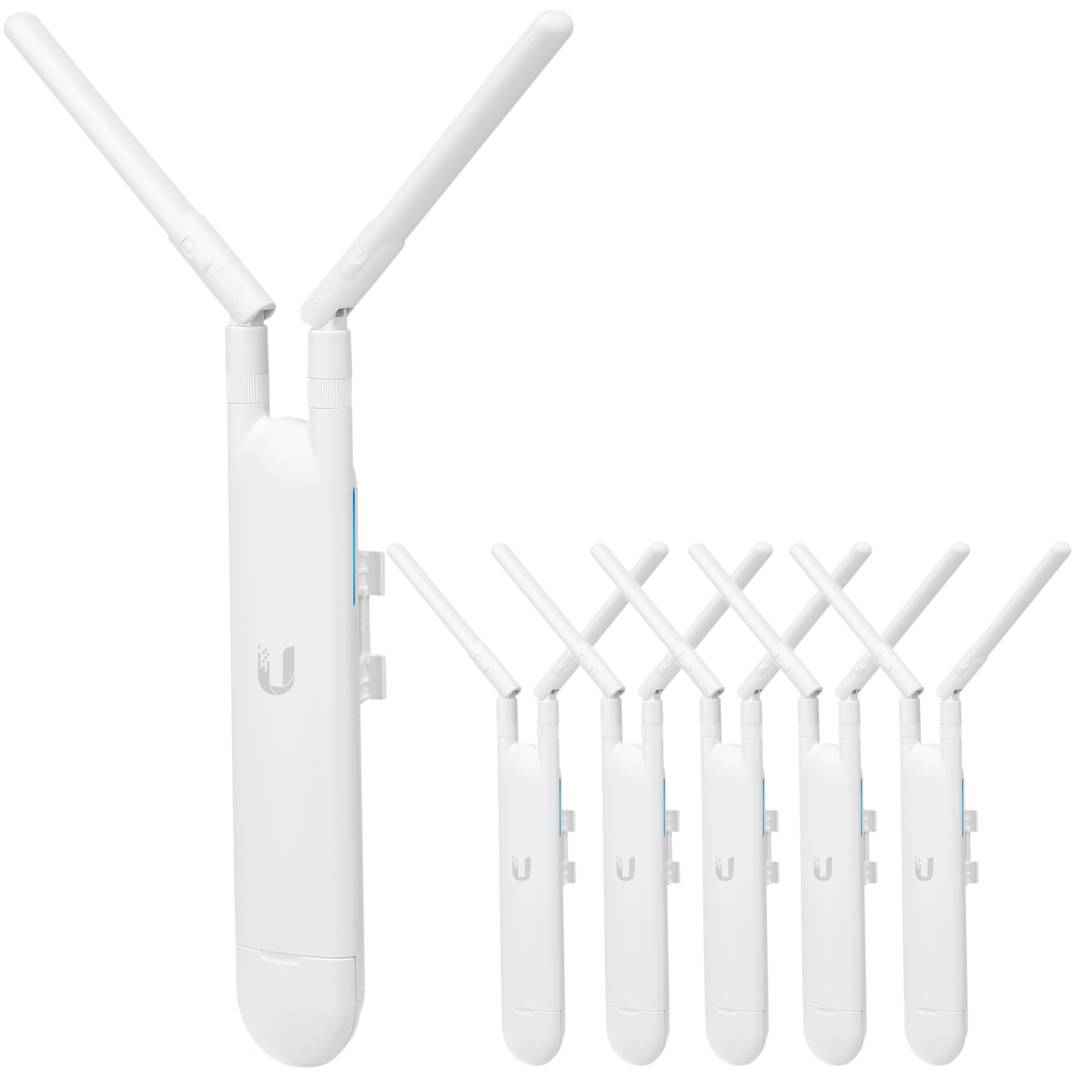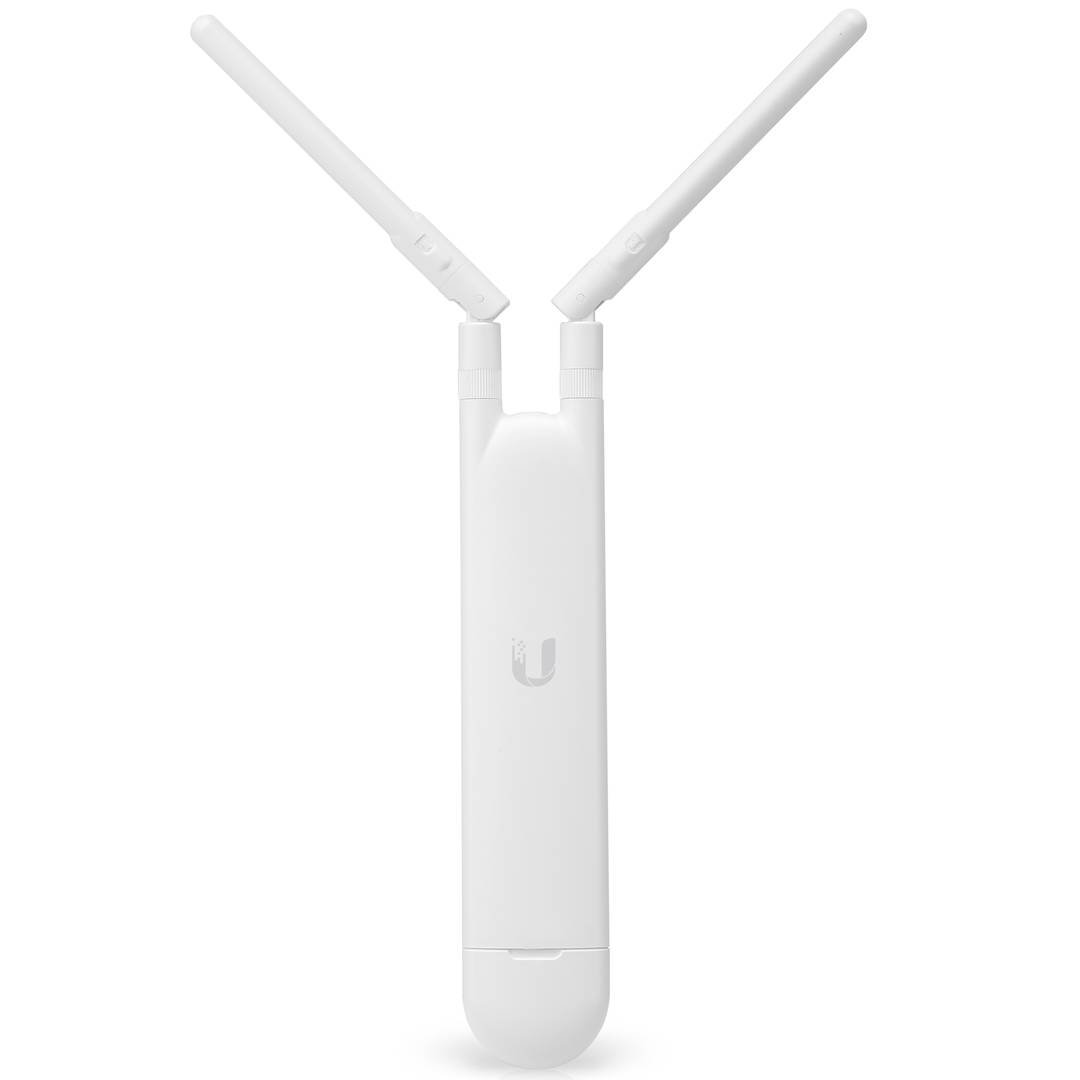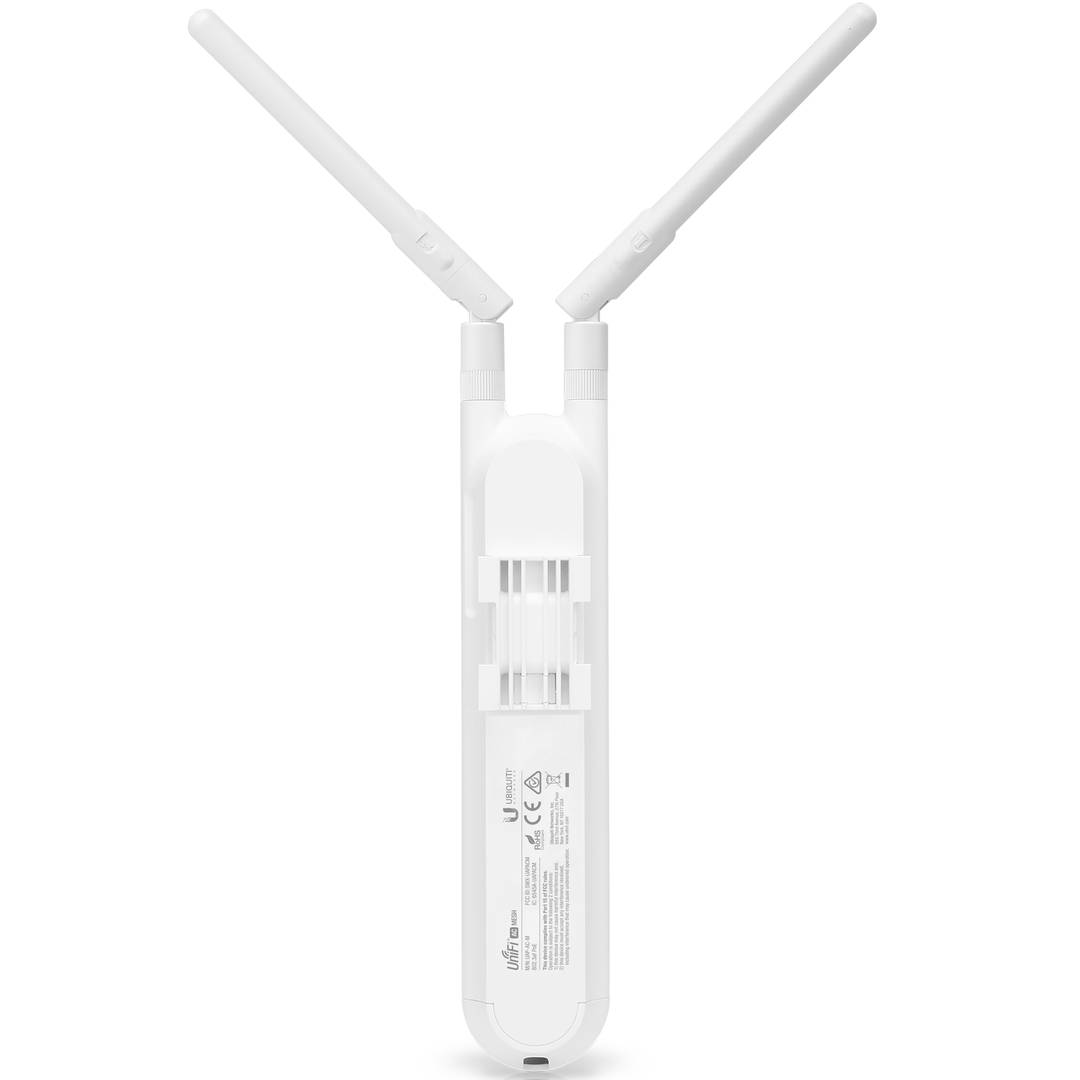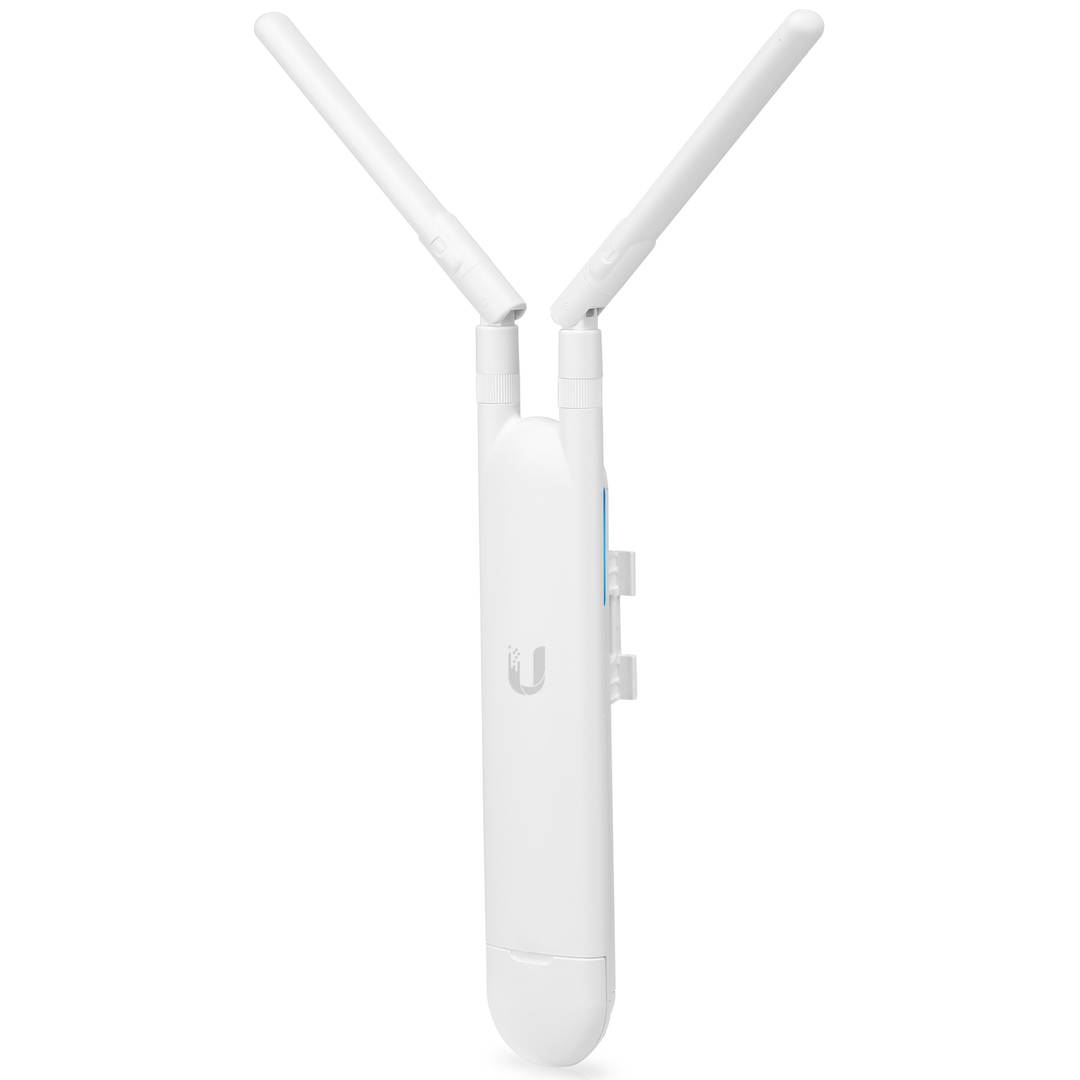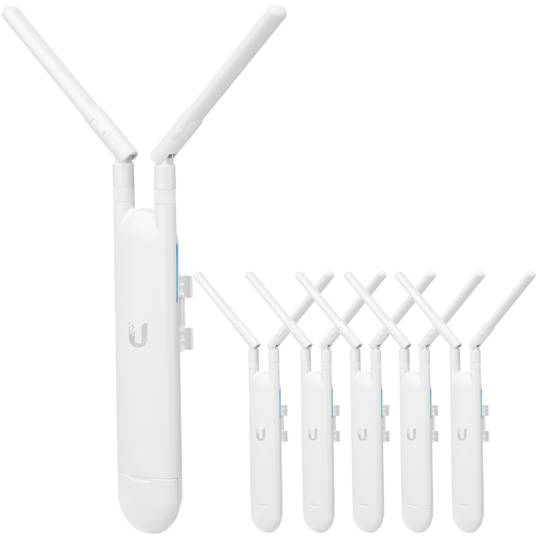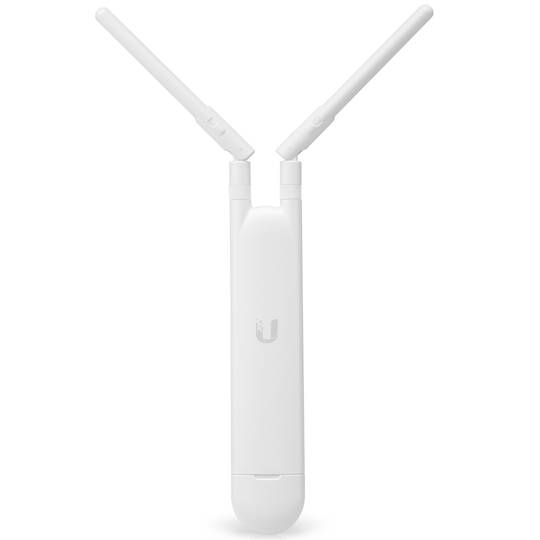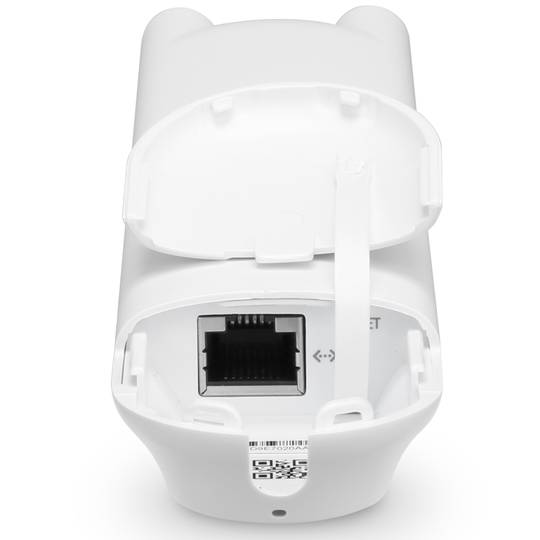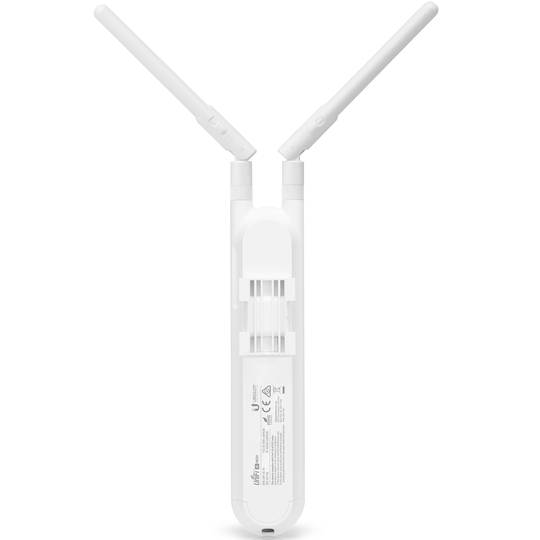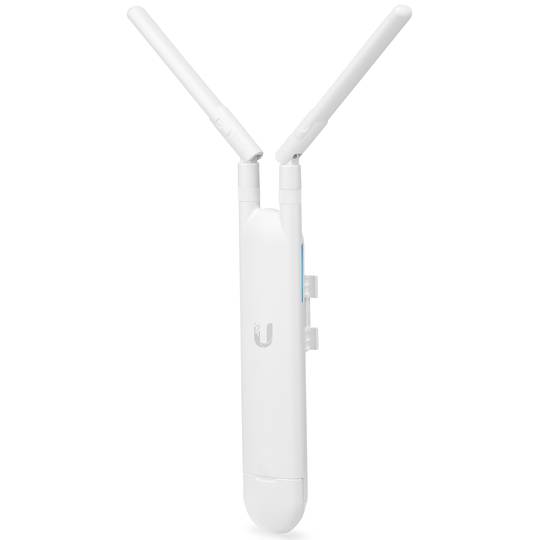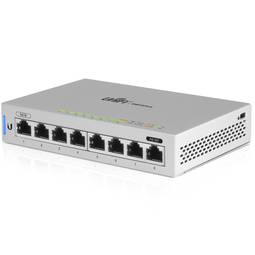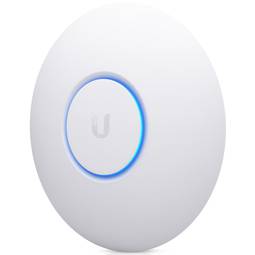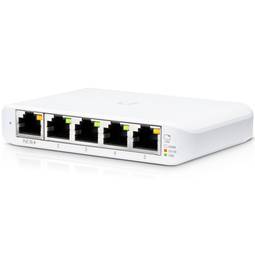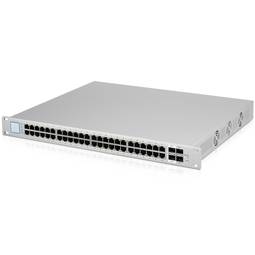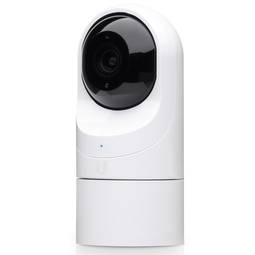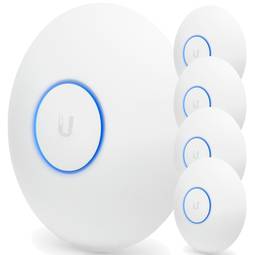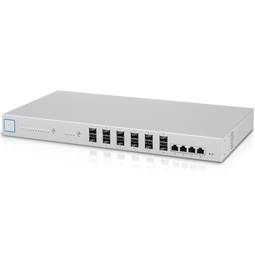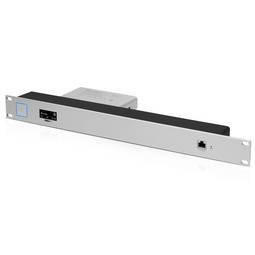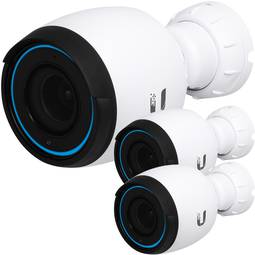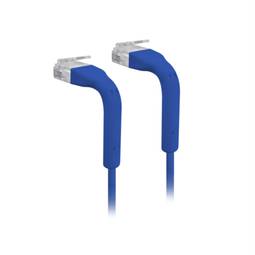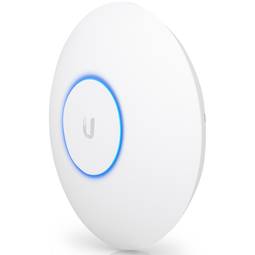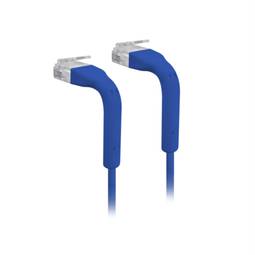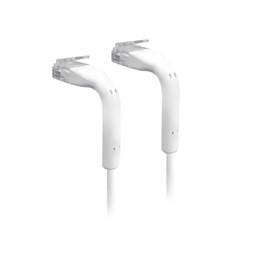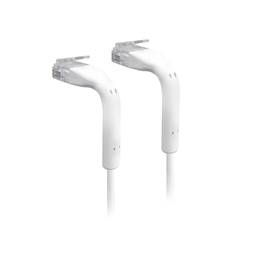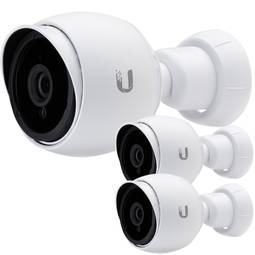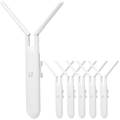04/03/2025 2:56 a.m.
http://cablematic.iskra.cat/en/products/ubiquiti-uap-ac-m-5-unifi-indoor-and-outdoor-access-point-with-mesh-technology-5-units-UI331/
http://cablematic.iskra.cat/en/products/ubiquiti-uap-ac-m-5-unifi-indoor-and-outdoor-access-point-with-mesh-technology-5-units-UI331/
Ubiquiti UAP-AC-M-5 UniFi indoor and outdoor access point with Mesh technology 5 units
REF: UI331
Specifications
- Pack of 5 units.
- Dual Band 2.4 and 5 GHz with triple antenna.
- Installation on ceiling, wall, mast, etc.
- Connection indicator LED.
- 48V passive PoE power supply (Not included in the package).
PVP
€469.46
Price including VAT:
€469.46
PVD
€451.40
PVP: Retail price.
Check conditions.
PVP: Sale price to distributors.
Check conditions.
warranty
returns
safe
Specifications
- Pack of 5 units.
- Dual Band 2.4 and 5 GHz with triple antenna.
- Installation on ceiling, wall, mast, etc.
- Connection indicator LED.
- 48V passive PoE power supply (Not included in the package).
More info
Outdoor access points of the Ubiquiti Networks brand model UAP-AC-M. Mesh WI-FI AC MIMO technology. Maximum omni-directional coverage distance of 183 meters in optimal conditions. Presented in a pack of 5 units.
specs
specs
- Pack of 5 units.
- Dual Band 2.4 and 5 GHz with triple antenna.
- Installation on ceiling, wall, mast, etc.
- Connection indicator LED.
- 48V passive PoE power supply (Not included in the package).
- Scalable WIFI management and designed for great performance.
- 10/100/1000 Gigabit connector with PoE power.
- 8.5W power consumption.
- Wi-Fi: 802.11 a / b / g / n / ac standards.
- Reset button.
- Maximum output power: 4 dBi.
- Maximum concurrent clients: 200+.
- Detachable omni-directional and adjustable 2.4 GHz antennas with 4dBi triple polarity.
- Detachable omni-directional and adjustable 5 GHz antennas with dual 4dBi polarity.
- BSSID up to four per radio.
- Gross Weight: 1.0 kg
- Product size (width x depth x height): 4.6 x 3.4 x 3.5 cm
- Number of packages: 1
- Master-pack: 1
Technical terms
- PoE
- dBi
- Gbps
- Wifi
PoE
or fed and enables easier application of uninterruptible power supplies (UPS) to ensure operation 24 hours a day, 7 days a week.


